Addiction continues to be one of the most pressing public health challenges in the United States.
Substance use impacts every segment of society—young and old, rural and urban, rich and poor.
More than 50% of Americans aged 12 and older have tried illicit drugs at some point, and over 138 million consume alcohol regularly.
These numbers reflect how deeply substance use has become embedded in everyday life.
- Healthcare systems
- Workplaces
- Law enforcement
Let us talk about it in greater detail.
1. Alcohol

Roughly 28.3 million people—about 10.2% of the population—struggle with Alcohol Use Disorder (AUD). Alcohol-related deaths exceed 95,000 annually, fueled by liver disease, drunk driving, and alcohol poisoning.
Effects of AUD aren’t limited to personal health. Workplace productivity drops, families fracture, and crime rates climb in areas with high levels of abuse.
Communities dealing with alcohol addiction often see increased domestic violence, homelessness, and preventable accidents.
2. Nicotine (Tobacco/Vaping)

An estimated 23.6 million Americans are addicted to nicotine, making it the second most common substance dependency. Tobacco use leads to approximately 480,000 deaths annually, making it the leading preventable cause of death.
Teen vaping has created new health challenges, with flavors and marketing tactics targeting younger audiences. Public health efforts now must tackle both traditional tobacco products and a growing e-cigarette culture among adolescents.
3. Marijuana
About 14.2 million people meet the criteria for a marijuana use disorder. Legalization in several states has shifted perception, often downplaying risks associated with heavy use.
Hospitalizations and ER visits related to marijuana have increased in legalized states.
Regular use can affect memory, motivation, and overall cognitive function – particularly among teenagers. The long-term impact of early and sustained use remains a major concern for public health professionals.
4. Opioids (Prescription + Illicit)
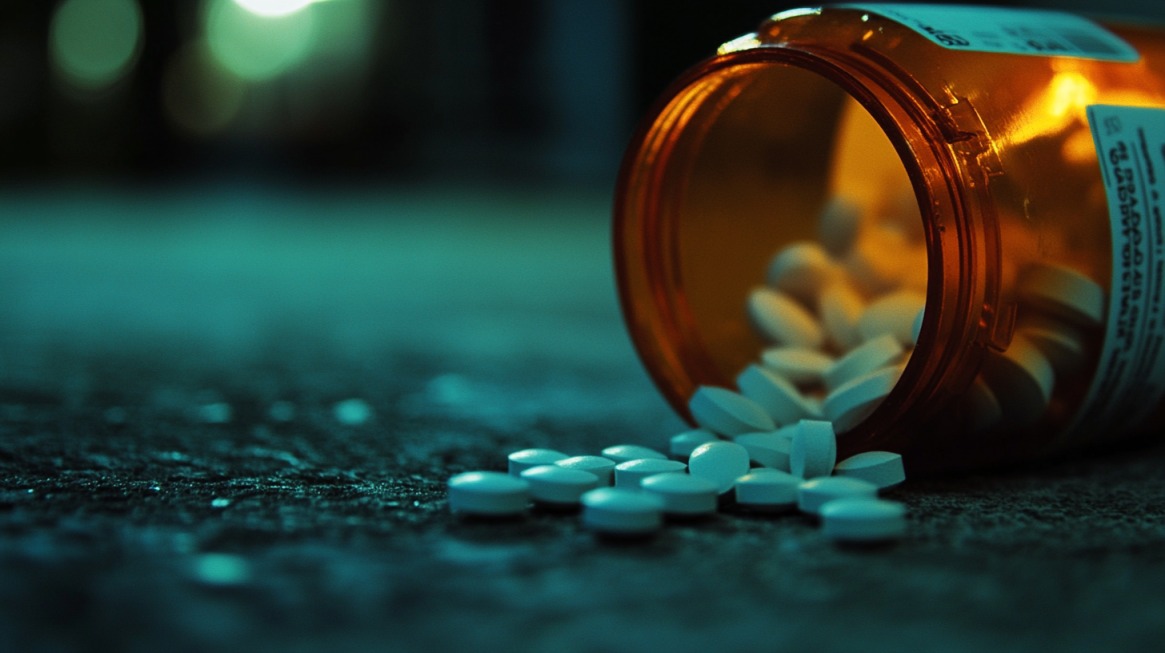
Roughly 2.7 million people are currently battling opioid use disorder. Over 100,000 Americans died from opioid overdoses in 2021, driven by fentanyl-laced drugs and overprescribed painkillers.
Synthetic opioids, particularly fentanyl, have made street drugs far more lethal. Small mistakes in dosage now lead to fatal outcomes, even for first-time users.
Many begin with prescribed medications, only to transition into heroin or counterfeit pills as addiction deepens.
5. Inhalants
With around 2.4 million users, inhalant abuse disproportionately affects adolescents. Products like glue, aerosols, and cleaning fluids are inexpensive and accessible. Effects can be immediately life-threatening, causing heart failure or suffocation.
Long-term use leads to irreversible brain damage. Unlike other substances, inhalants require no purchase from a dealer, making them a dangerous temptation for youth lacking proper supervision or education on the risks.
6. Cocaine
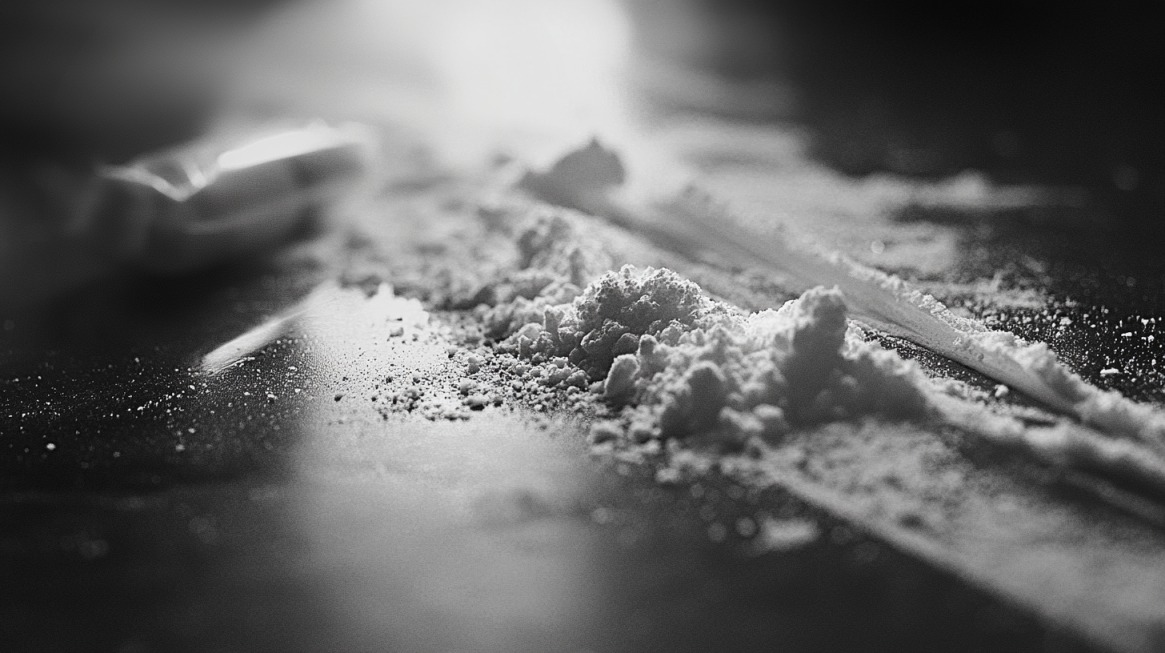
About 1.3 million Americans have developed a cocaine addiction, and roughly 5.2 million used the drug in the past month.
High relapse rates make recovery particularly difficult. Cocaine’s grip extends across economic and racial lines but has historically impacted minority communities most harshly.
Increased law enforcement targeting certain demographics has led to systemic inequalities within the criminal justice system, adding another layer of complexity to the crisis.
7. Heroin
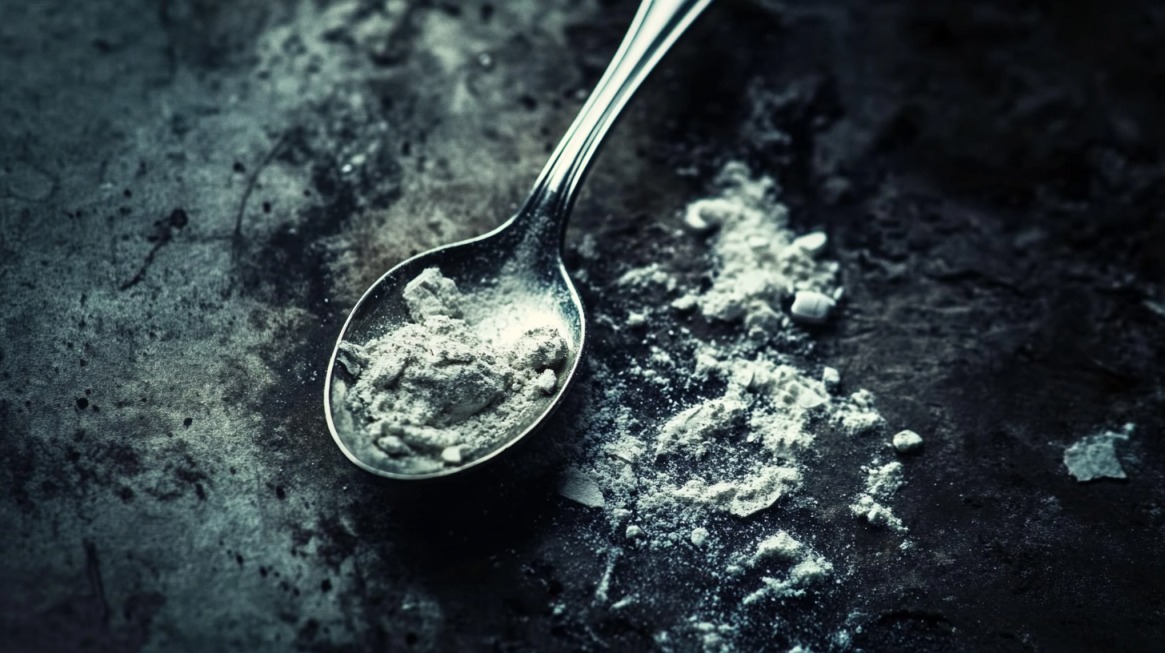
Roughly 902,000 people are addicted to heroin.
Often cheaper and more accessible than prescription opioids, heroin is frequently laced with fentanyl, drastically increasing overdose risks. In addition to overdose deaths, users face elevated chances of contracting HIV or hepatitis due to shared needles.
Once someone becomes dependent, recovery typically requires intensive care in a medical detox setting due to the physical and psychological strain of withdrawal.
8. Stimulants (Adderall, Meth, Ritalin)
An estimated 500,000 people have a stimulant use disorder, while about 16 million reported use in the past year.
Adderall misuse is rampant among college students seeking academic performance boosts, while methamphetamine continues to devastate adults in both rural and urban areas.
Recovery is hindered by intense withdrawal symptoms, including paranoia, depression, and fatigue. Continued access to prescriptions often masks the severity of stimulant abuse.
9. Benzodiazepines (Xanax, Valium)
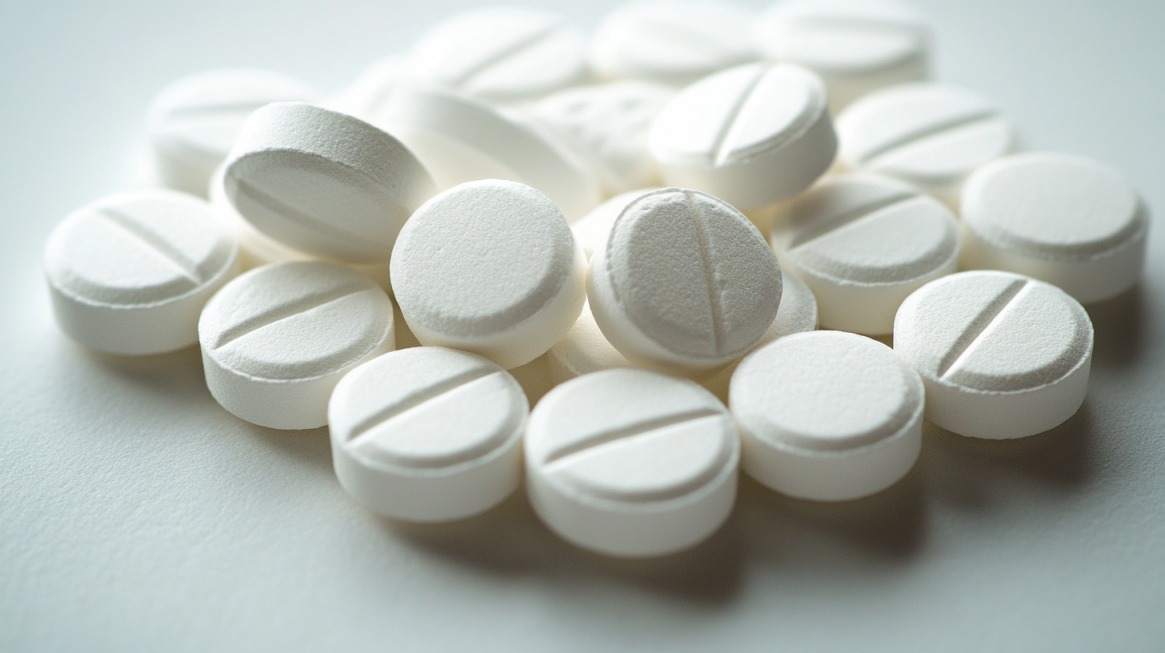
Roughly 500,000 Americans are addicted to benzodiazepines, though over 5 million misuse them. These medications are commonly prescribed for anxiety, insomnia, and panic attacks but carry high dependency risks.
Withdrawal can be fatal without proper tapering, often requiring hospitalization. Many users combine benzos with alcohol or opioids, significantly raising the potential for overdose and long-term cognitive damage.
Benzodiazepine users contribute to the drug shortages in drugstores.
10. Barbiturates & Sleep Medications

About 500,000 people misuse barbiturates and other prescription sleep aids.
Intended for short-term treatment of anxiety or insomnia, these medications become dangerous when used long-term or in combination with alcohol.
Overdose is a significant risk, often resulting in respiratory failure.
Although less common than other drug types, their presence in poly-drug abuse cases remains concerning for healthcare providers and emergency responders.
Demographic Breakdown & Vulnerable Groups
Addiction patterns vary significantly by age, geographic region, sexual orientation, and life circumstances.
Demographic analysis reveals which groups are most at risk—and why tailored prevention and treatment strategies are necessary.

Youth
Nearly 47% of American teenagers will try illicit drugs before finishing high school. Early exposure increases the likelihood of long-term substance use disorders. Peer pressure, lack of parental oversight, and mental health issues all contribute.
Vaping and marijuana have become particularly popular among high schoolers, often dismissed as less dangerous due to widespread availability and social acceptance.
Adolescents who use substances early face higher risks of academic failure, legal problems, and permanent neurological changes.
Young Adults (18–25)
This age group reports the highest rates of drug and alcohol use—approximately 39%. College life, newfound independence, and easy access to prescription stimulants or recreational drugs create an environment ripe for experimentation.
Many users do not consider occasional misuse dangerous, which delays intervention and treatment. Party culture, social media influence, and academic pressures also play roles in escalating substance use within this demographic.
Veterans
Veterans are especially vulnerable to addiction, often dealing with PTSD, chronic pain, and reintegration challenges. Alcohol Use Disorder is notably high among former service members.
Many become dependent on prescription painkillers, which may evolve into opioid misuse.
Combat trauma, limited access to mental health resources, and stigma around seeking help worsen the situation. Military culture can discourage emotional vulnerability, making recovery more difficult to initiate.
Rural vs. Urban
Substance use is significantly more prevalent in urban areas (20.2%) compared to rural regions (5%).
Cities offer greater drug availability, anonymity, and exposure to high-stress living conditions. However, rural populations often face steeper barriers to treatment, including fewer healthcare providers and longer travel distances to clinics.
Opioid misuse in rural areas has climbed sharply in recent years, driven by economic downturns and prescription drug abuse.
Societal Impact of Addiction
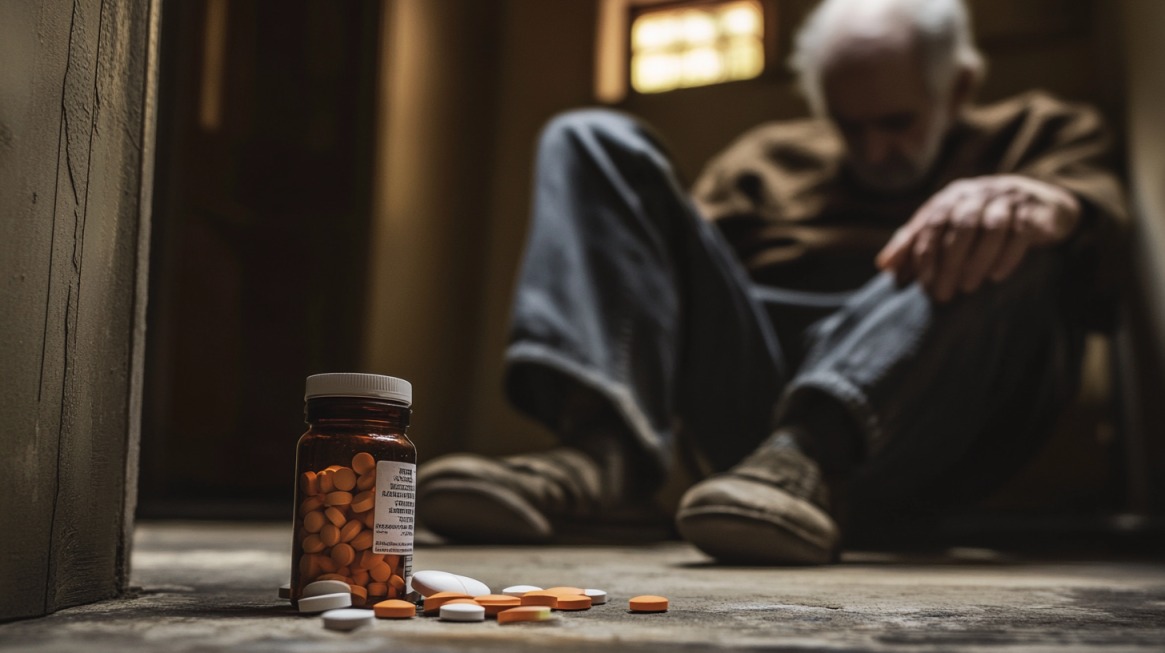
Addiction isn’t confined to personal struggle. Ripple effects stretch across healthcare systems, economic structures, legal institutions, and communities. Substance use disorders reshape societal dynamics in measurable, often devastating ways.
Public Health
More than 700,000 overdose deaths have occurred since 2000. Emergency rooms report a growing number of cases linked to opioids, alcohol poisoning, stimulant overdoses, and drug interactions.
Addiction accelerates the spread of infectious diseases like HIV and hepatitis, particularly through intravenous drug use.
- Mental health disorders
- Cardiovascular issues
- Respiratory diseases
Public health officials face mounting challenges in managing the consequences, especially with limited resources and underfunded treatment infrastructure.
Chronic users often become high-frequency patients, cycling through ERs and rehabilitation centers without long-term improvement. Medical professionals must also address complications associated with withdrawal, which can be dangerous and even fatal without proper care.
Economic Costs
Addiction-related costs exceed $272 billion annually. Healthcare systems absorb expenses for treatment, emergency care, and disease management.
Employers report losses in productivity, absenteeism, and higher insurance premiums.
Substance use contributes to workplace accidents, legal disputes, and turnover. Criminal justice costs add another layer—arrests, trials, and incarceration expenses drain public funds.
Opioids alone are responsible for approximately $78 billion in economic damage each year. Prescription misuse leads to lost employment, insurance fraud, and welfare dependence. Funds spent responding to addiction-related crises often overshadow investments in prevention or recovery infrastructure.
Criminal Justice System
Drug-related offenses contribute significantly to incarceration rates. A large portion of the prison population consists of nonviolent drug offenders, many of whom would benefit more from treatment than punishment.
Sentencing disparities persist—minority communities experience harsher penalties for similar crimes compared to their white counterparts. Mandatory minimums and outdated laws further complicate reform efforts.
Jails and prisons have become de facto detox centers, yet lack adequate support for rehabilitation. Upon release, many individuals relapse due to unaddressed mental health issues and limited access to continued care.
The Bottom Line
Addiction touches every part of society—individuals, families, communities, and institutions.0
- Alcohol
- Opioids
- Stimulants
They affect public safety, economic performance, and generational stability.
Consequences include overloaded healthcare systems, mounting public costs, overcrowded prisons, and traumatized children.
Treatment programs must address not just the symptoms but also the root causes—poverty, trauma, mental illness, and lack of access to support.

